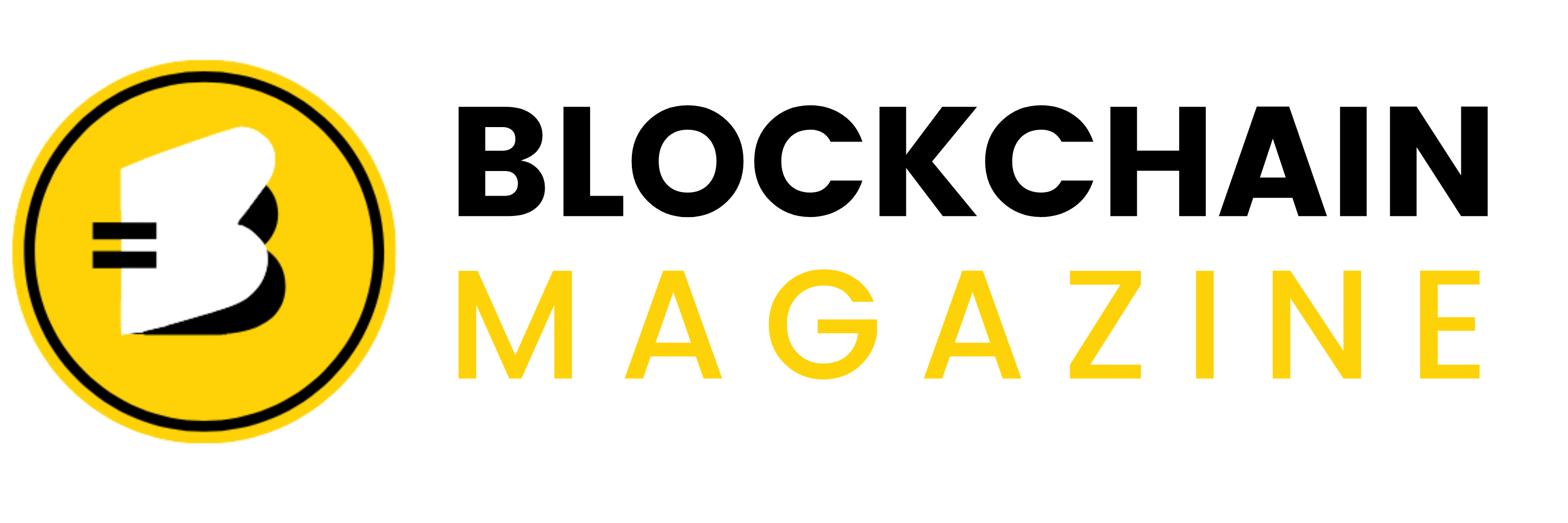The European Central Bank (ECB) is actively pursuing the development of a blockchain based payment system aimed at enhancing the efficiency and security of financial transactions within the Eurozone. This initiative reflects the ECB’s commitment to integrating innovative technologies into the European financial infrastructure, ensuring resilience and sovereignty in the evolving digital economy.
The ECB’s Vision for a Blockchain-Based Payment System
In February 2025, the ECB announced plans to establish a blockchain based payment system designed to enable financial institutions to settle transactions using central bank money on a distributed ledger technology (DLT) platform. This move is intended to modernize the existing payment infrastructure, providing a more secure and efficient means for processing payments. The system aims to reduce reliance on non-European payment providers, thereby strengthening the Eurozone’s financial autonomy.
Refer the video of ECB officials on their exact script of ECB plan for payments in below tweet.
Ummm, based on this recent clip, where does BitCoin play into the ECB’s “plans for a blockchain-based payment system”?👀🤔 pic.twitter.com/PNECdM9YvU
— EddieSpaghetti🤨 (@PnutGalaree) February 20, 2025
Who Said What?
ECB Executive Board member Piero Cipollone, overseeing the initiative, emphasized the significance of this development:
“We are embracing innovation without compromising on safety and stability. This is an important contribution to enhancing European financial market efficiency through innovation.”
Cipollone further highlighted the urgency of adopting such technologies in light of global developments:
“The political world is becoming more alert to this. And it’s possible that we will see an acceleration in the process.”
Strategic Objectives
The ECB’s blockchain based payment system is guided by several strategic objectives:
-
Enhancing Payment Efficiency: By leveraging DLT, the system seeks to streamline payment processes, reducing transaction times and operational costs.
-
Strengthening Financial Stability: Implementing a secure, transparent ledger for transactions aims to bolster trust in the financial system and mitigate risks associated with traditional payment methods.
-
Promoting European Financial Sovereignty: Developing an indigenous payment solution reduces dependence on external providers, ensuring greater control over the Eurozone’s financial infrastructure.
Implementation Approach
The ECB has outlined a two-track approach for the development and implementation of the blockchain based payment system:
-
Interoperability with TARGET Services: In the initial phase, the ECB plans to create a platform that connects DLT-based systems with existing TARGET services. This interoperability aims to facilitate seamless integration, allowing for the settlement of transactions in central bank money across both traditional and blockchain platforms.
-
Long-Term Integrated Solution: Concurrently, the ECB is exploring the development of a comprehensive, long-term solution that fully integrates DLT into the Eurozone’s payment infrastructure. This includes considerations for cross-border transactions and foreign exchange settlements, ensuring the system’s scalability and adaptability to future financial innovations.
Collaborative Efforts and Stakeholder Engagement
Recognizing the importance of collaboration, the ECB is engaging with various stakeholders, including financial institutions, technology providers, and regulatory bodies. This collaborative approach ensures that the system meets the diverse needs of the financial ecosystem and adheres to regulatory standards. The ECB’s commitment to transparency and inclusivity is evident through its active dialogue with public and private sector participants, fostering a conducive environment for innovation.
Anticipated Benefits
The implementation of a blockchain based payment system by the ECB is expected to yield several benefits:
-
Improved Transaction Speed: DLT enables near-instantaneous settlement of transactions, enhancing the speed of financial operations.
-
Cost Reduction: Automation and streamlining of processes are projected to lower operational costs for financial institutions and end-users.
-
Enhanced Security: The immutable nature of blockchain technology provides robust security against fraud and unauthorized alterations.
-
Financial Inclusion: A more accessible and efficient payment system can facilitate greater financial inclusion across the Eurozone.
Some other initiatives taken by ECB to support blockchain based platforms can be seen here:
Finally,
The ECB’s initiative to develop a blockchain based payment system signifies a pivotal step towards modernizing Europe’s financial infrastructure. By embracing cutting-edge technologies, the ECB aims to enhance efficiency, security, and sovereignty within the Eurozone’s payment landscape. This forward-looking approach not only addresses current challenges but also positions Europe at the forefront of financial innovation in the digital age.
Stay informed with daily updates from Blockchain Magazine on Google News. Click here to follow us and mark as favorite: [Blockchain Magazine on Google News].
Disclaimer: Any post shared by a third-party agency are sponsored and Blockchain Magazine has no views on any such posts. The views and opinions expressed in this post are those of the clients and do not necessarily reflect the official policy or position of Blockchain Magazine. The information provided in this post is for informational purposes only and should not be considered as financial, investment, or professional advice. Blockchain Magazine does not endorse or promote any specific products, services, or companies mentioned in this posts. Readers are encouraged to conduct their own research and consult with a qualified professional before making any financial decisions.

 Bitcoin
Bitcoin  Ethereum
Ethereum  XRP
XRP  Tether
Tether  Solana
Solana  USDC
USDC  Dogecoin
Dogecoin  Cardano
Cardano  Lido Staked Ether
Lido Staked Ether  TRON
TRON  Wrapped Bitcoin
Wrapped Bitcoin  Chainlink
Chainlink  Wrapped stETH
Wrapped stETH  Avalanche
Avalanche  Sui
Sui  Stellar
Stellar  Litecoin
Litecoin  Toncoin
Toncoin  Shiba Inu
Shiba Inu  Hedera
Hedera  LEO Token
LEO Token  USDS
USDS  Hyperliquid
Hyperliquid  Polkadot
Polkadot  WETH
WETH  MANTRA
MANTRA  Bitcoin Cash
Bitcoin Cash  Ethena USDe
Ethena USDe  Bitget Token
Bitget Token  Wrapped eETH
Wrapped eETH  Uniswap
Uniswap  Monero
Monero  NEAR Protocol
NEAR Protocol  Pepe
Pepe  WhiteBIT Coin
WhiteBIT Coin  Bittensor
Bittensor  Ondo
Ondo  Aave
Aave  Aptos
Aptos  Internet Computer
Internet Computer  Dai
Dai  Official Trump
Official Trump  Mantle
Mantle  Ethereum Classic
Ethereum Classic  OKB
OKB  Tokenize Xchange
Tokenize Xchange  Gate
Gate  sUSDS
sUSDS  Sonic (prev. FTM)
Sonic (prev. FTM) 